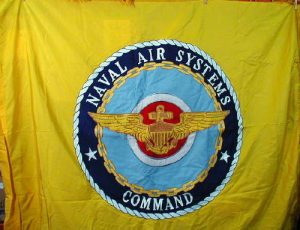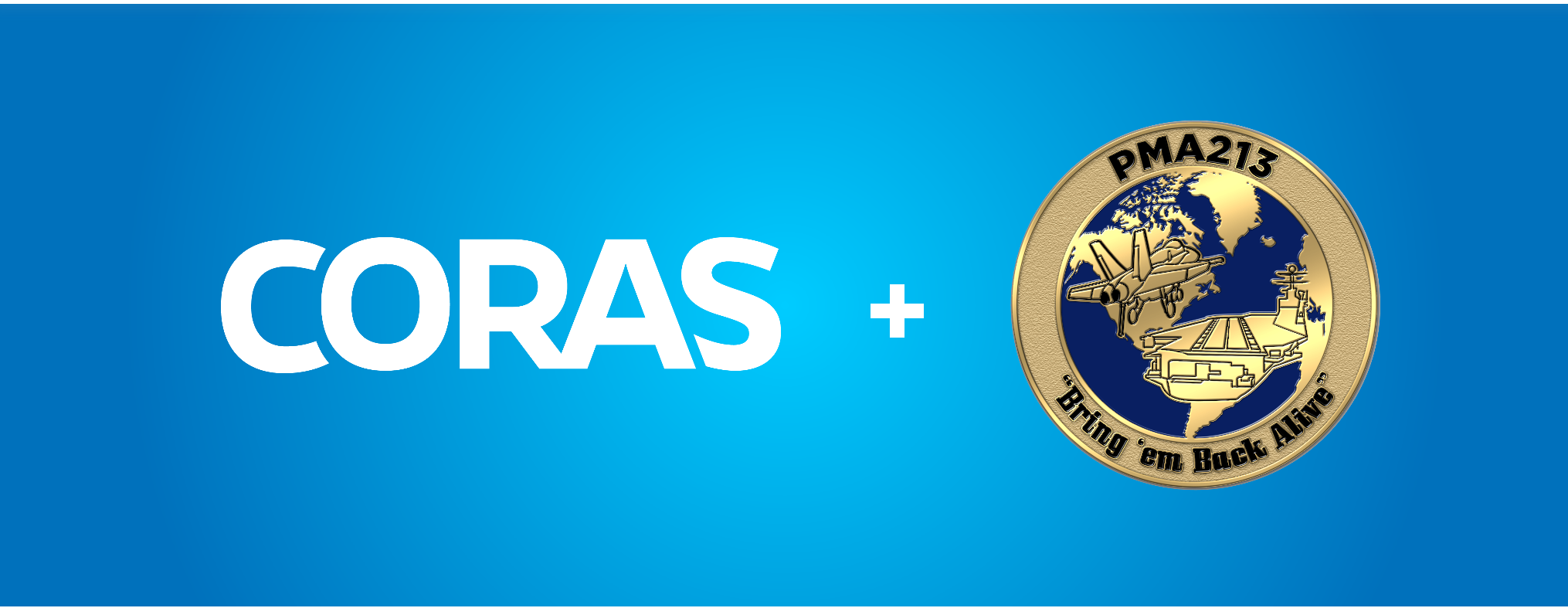Military
Naval Air Systems Command Overview

Introduction to Naval Air Systems Command

The Naval Air Systems Command (NAVAIR) is a crucial component of the United States Navy, responsible for the research, development, test, and evaluation of naval aircraft, airborne systems, and related subsystems. As one of the major commands within the Navy, NAVAIR plays a vital role in ensuring the nation’s naval aviation capabilities remain at the forefront of technology and innovation. NAVAIR’s mission is to provide the Navy and Marine Corps with the most advanced and effective airborne systems, enabling them to accomplish their assigned missions.
History of Naval Air Systems Command

The history of NAVAIR dates back to 1966 when the Navy established the Naval Air Systems Command as a separate command. Since its inception, NAVAIR has been responsible for the acquisition and development of naval aircraft, including fighter jets, helicopters, and unmanned aerial vehicles (UAVs). Over the years, NAVAIR has undergone several transformations, adapting to changing technological advancements and evolving operational requirements. Key milestones in NAVAIR’s history include the development of the F-14 Tomcat, the F/A-18 Hornet, and the V-22 Osprey, among others.
Organization and Structure

NAVAIR is headquartered at Naval Air Station Patuxent River in Maryland and is organized into several departments, each with distinct responsibilities. These departments include: * Air Combat Systems: responsible for the development and acquisition of fighter and attack aircraft * Airborne Systems: focuses on the development of airborne sensors, communication systems, and other related subsystems * Unmanned Aviation and Strike Weapons: responsible for the development and acquisition of UAVs and strike weapons * Research, Development, Test, and Evaluation: oversees the research, development, test, and evaluation of naval aircraft and airborne systems NAVAIR also has several subordinate commands and detachments, including the Naval Air Warfare Center Aircraft Division and the Naval Air Warfare Center Weapons Division.
Key Programs and Initiatives

NAVAIR is involved in several high-profile programs and initiatives, including: * F-35 Lightning II: a fifth-generation stealth fighter jet developed by Lockheed Martin * P-8 Poseidon: a maritime patrol aircraft developed by Boeing * MQ-4C Triton: a UAV developed by Northrop Grumman * V-22 Osprey: a tiltrotor aircraft developed by Bell-Boeing These programs demonstrate NAVAIR’s commitment to delivering advanced airborne systems that meet the evolving needs of the Navy and Marine Corps.
Challenges and Opportunities

As with any large and complex organization, NAVAIR faces several challenges, including: * Budget constraints: limited funding can impact the development and acquisition of new systems * Technological advancements: keeping pace with rapid technological advancements in areas such as artificial intelligence, cybersecurity, and hypersonics * Workforce development: attracting and retaining a skilled workforce with expertise in areas such as engineering, program management, and logistics Despite these challenges, NAVAIR is well-positioned to capitalize on emerging opportunities, including: * Unmanned systems: the growing demand for UAVs and other unmanned systems * Digital transformation: the application of digital technologies to improve the design, development, and operation of airborne systems * International cooperation: collaboration with international partners to develop and acquire advanced airborne systems
🚀 Note: NAVAIR's success depends on its ability to adapt to changing operational requirements, technological advancements, and budget constraints.
Conclusion and Future Outlook

In summary, the Naval Air Systems Command plays a vital role in ensuring the United States Navy and Marine Corps have the most advanced and effective airborne systems. With its rich history, diverse organization, and commitment to innovation, NAVAIR is well-positioned to meet the challenges of the future. As the naval aviation landscape continues to evolve, NAVAIR will remain at the forefront of research, development, test, and evaluation, delivering cutting-edge systems that support national security and defense.
What is the primary mission of NAVAIR?

+
The primary mission of NAVAIR is to provide the Navy and Marine Corps with the most advanced and effective airborne systems, enabling them to accomplish their assigned missions.
What are some of the key programs and initiatives that NAVAIR is involved in?

+
Some of the key programs and initiatives that NAVAIR is involved in include the F-35 Lightning II, P-8 Poseidon, MQ-4C Triton, and V-22 Osprey.
What are some of the challenges that NAVAIR faces?

+
Some of the challenges that NAVAIR faces include budget constraints, technological advancements, and workforce development.



